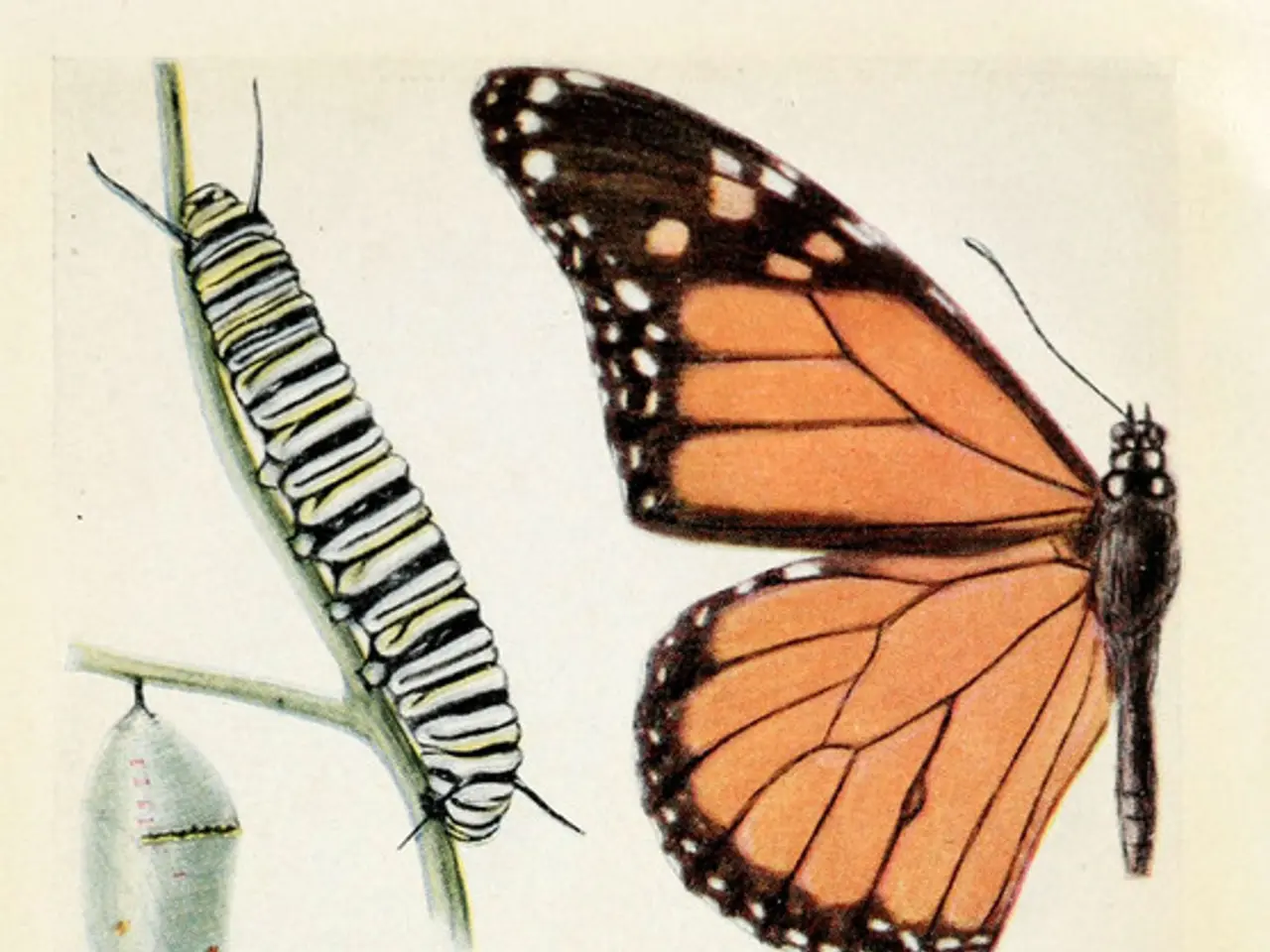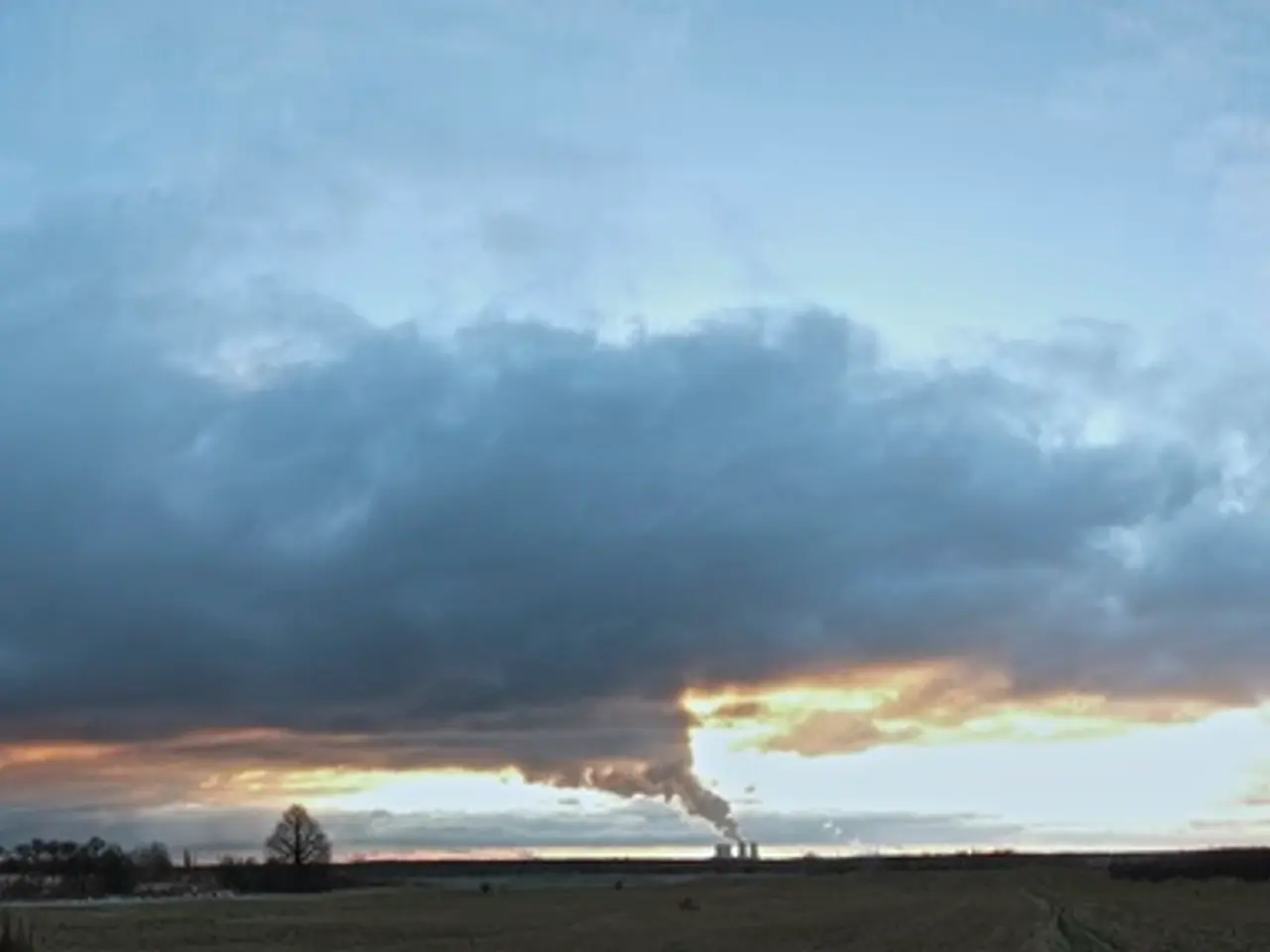Delay in Insectapocalypse for a year at least, due to pleasant and moist spring causing a booming population of insects.
In 2025, the UK witnessed an extraordinary event in the insect world, particularly among butterflies. The year was marked by an exceptionally warm spring that caused many species to emerge from hibernation earlier than usual, leading to a boom in butterfly numbers[1]. This early emergence was unusual because rising temperatures triggered overwintering butterflies (those surviving the winter in egg, caterpillar, or adult stages) to appear about a month earlier than normal for some species, including the rare dingy skipper[1].
This early and increased butterfly activity had both positive and negative implications. On one hand, it brought a fresh wave of life to the British countryside, with species like common blue butterflies and meadow browns thriving[2]. On the other hand, if plants did not similarly bloom earlier, food scarcity could occur for these pollinators and other insects, disrupting their life cycles and survival[1].
This local boom, however, contrasts with the global trend of insect population reductions, where over 40% of insect species are declining, and many others are endangered[2]. Insect declines threaten many wildlife populations because insects are critical food sources for birds, amphibians, and other animals. Their loss causes cascading effects on those species dependent on them[2].
In the UK, the increased insect numbers have had a positive impact on various wildlife. Gamekeepers in Scotland have reported healthy grouse broods[3], while in Wales, bat mothers no longer have to fly as far to find food due to the abundance of insects[4]. Young bats are even fledging from their roosts earlier[5], and the increased insect population leads to higher-quality milk for bat pups[6].
Moreover, the summer of 2025 saw a greater abundance of insects compared to previous years, according to Jake Fiennes, head of conservation at the Holkham estate in Norfolk[7]. This abundance was also evident in urban areas, with Ladybird numbers at Lord's Cricket Ground during a recent Test match against India unusually high[8].
While the press has yet to celebrate this insect boom, Patrick Galbraith, an author, journalist, former editor of Shooting Times, and a regular contributor to our platform, notes the potential for good-news stories like this to get the public more onside[9]. However, Mr. Fiennes expressed sadness that the extraordinary abundance of insects hasn't been celebrated in the press[10].
As we move forward, it's crucial to remember that while the 2025 insect boom was a positive sign amidst general insect declines, it does not negate the larger, concerning context of global insect declines impacting other wildlife. Sign up for the our platform Newsletter to stay updated on the latest developments in nature conservation.
References: 1. Why are butterflies emerging so early? 2. Insect declines: Why are they happening and what can be done? 3. Healthy grouse broods in north of England and Scotland 4. Bat mothers in Wales may not have to fly as far to find food 5. Young bats in Wales are fledging earlier due to insect abundance 6. Increased insect population in Wales leads to higher-quality milk for bat pups 7. Jake Fiennes reports a greater abundance of insects this summer 8. Ladybird numbers at Lord's Cricket Ground during a recent Test match against India were unusually high 9. Patrick Galbraith: The good-news story that could get the public more onside 10. Mr. Fiennes expressed sadness that the extraordinary abundance of insects hasn't been celebrated in the press
Wildlife conservation efforts could benefit from the increased insect numbers in the UK, as these insects serve as critical food sources for various animals, such as birds and bats. The abundance of insects in 2025, particularly butterflies, was attributed to an exceptionally warm spring, which caused early emergence and thriving species like common blue butterflies and meadow browns. However, the global trend of insect population reductions continues to pose a significant threat to wildlife conservation, emphasizing the need for ongoing science and environmental-science research to address this issue.








